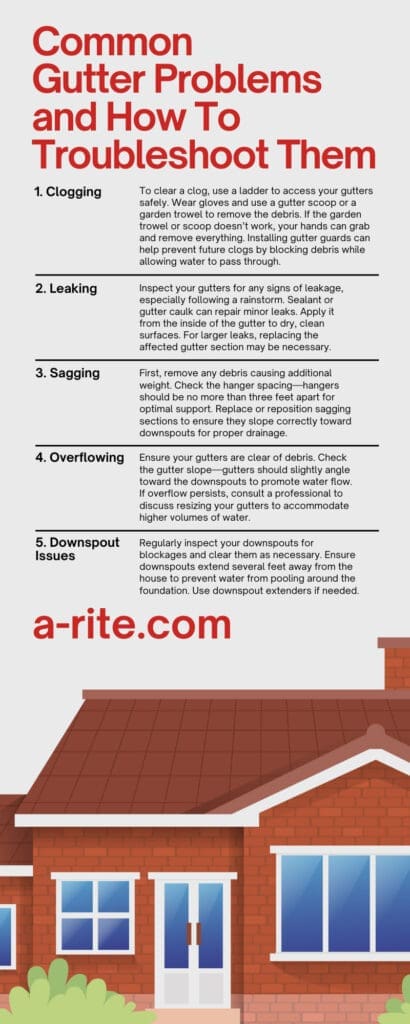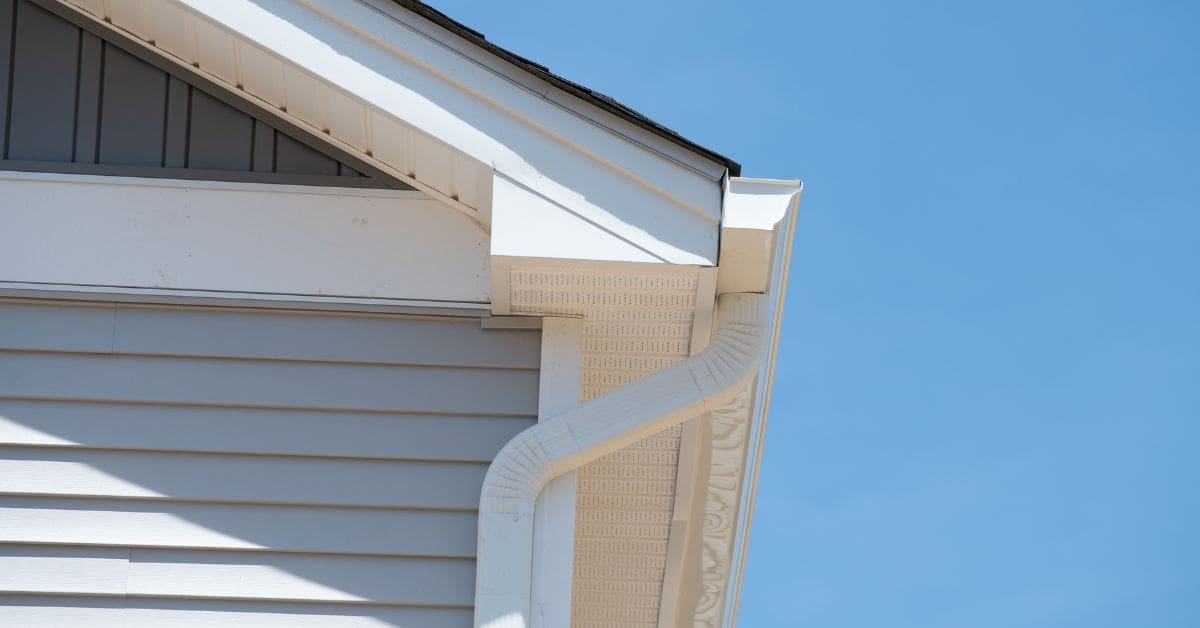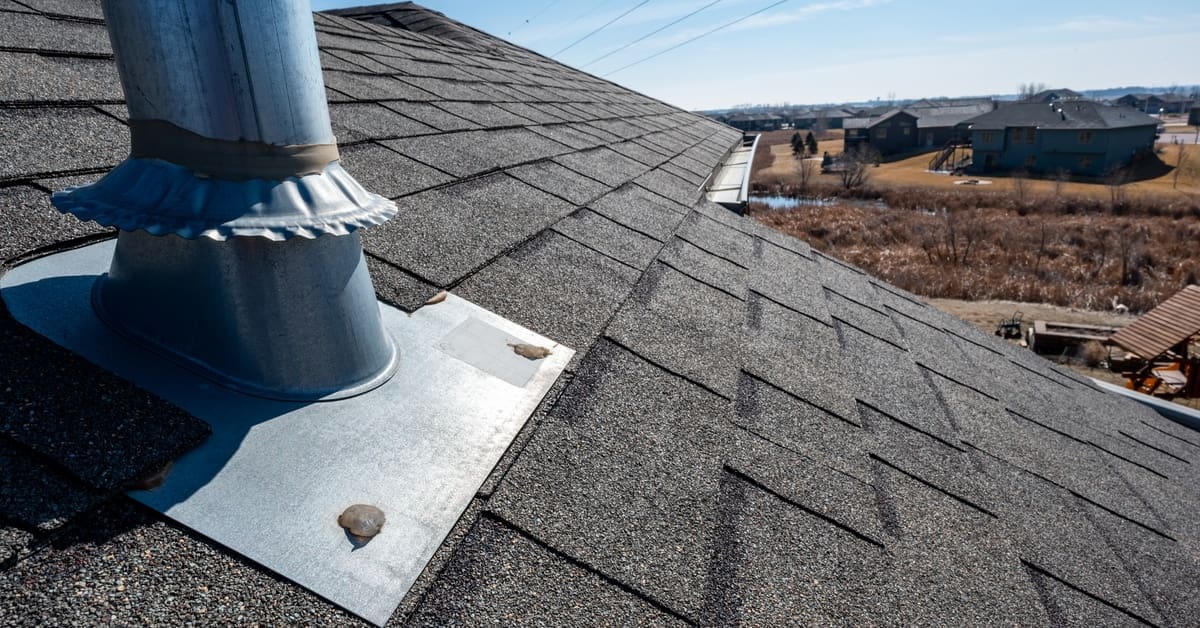Gutters play a pivotal role in maintaining the integrity of your home. They direct rainwater away from the foundation, protect the landscaping, and prevent water damage to the siding and roof. Understanding common gutter problems and how to troubleshoot them is essential for every homeowner. It can save you from dealing with more expensive issues down the road.
Common Gutter Problems
What are some of the common gutter problems? Explore some of the most frequent issues affecting gutters, from clogging and leaking to sagging and improper drainage. Recognizing these gutter issuesearly can save homeowners considerable time and expense. This insightful, practical guidance can help you maintain your gutters in optimal condition and preserve the structural integrity of your home.
1. Clogging
Clogging is the most frequent issue homeowners encounter with their gutters. Leaves, twigs, and debris accumulate over time, obstructing water flow. This blockage can lead to water spilling over the gutter’s sides. This hazard can potentially cause foundation and landscape damage.
Troubleshooting
To clear a clog, use a ladder to access your gutters safely. Wear gloves and use a gutter scoop or a garden trowel to remove the debris. If the garden trowel or scoop doesn’t work, your hands can grab and remove everything. Installing gutter guards can help prevent future clogs by blocking debris while allowing water to pass through.
2. Leaking
Leaks commonly occur at the joints between gutter sections or at corners. Even small leaks can lead to significant water damage over time. You should always fix a leak immediately.
Troubleshooting
Inspect your gutters for any signs of leakage, especially following a rainstorm. Sealant or gutter caulk can repair minor leaks. Apply it from the inside of the gutter to dry, clean surfaces. For larger leaks, replacing the affected gutter section may be necessary.
3. Sagging
Gutters sag when they pull away from the house, often due to being weighed down by debris, water, or improperly spaced hangers. Sagging is easy to spot because you’ll notice a drooping or dip in the gutters. This issue causes gutter problems and damage to other parts of your home.
Troubleshooting
First, remove any debris causing additional weight. Check the hanger spacing—hangers should be no more than three feet apart for optimal support. Replace or reposition sagging sections to ensure they slope correctly toward downspouts for proper drainage.
4. Overflowing
Overflowing occurs when gutters cannot handle the volume of water, often during heavy rainfalls. This issue can be due to clogging, improper installation, or insufficient gutter size.
Troubleshooting
Ensure your gutters are clear of debris. Check the gutter slope—gutters should slightly angle toward the downspouts to promote water flow. If overflow persists, consult a professional to discuss resizing your gutters to accommodate higher volumes of water.
5. Downspout Issues
Downspouts direct water away from the foundation. If they become clogged or dislodged, water can pool near the foundation, leading to potential issues.
Troubleshooting
Regularly inspect your downspouts for blockages and clear them as necessary. Ensure downspouts extend several feet away from the house to prevent water from pooling around the foundation. Use downspout extenders if needed.
6. Ice Dams
In colder climates, ice dams can form in gutters, preventing melted snow from draining and potentially leading to water backing up into the home.
Troubleshooting
Prevent ice dams by ensuring your attic has the insulation necessary to prevent heat from escaping. Otherwise, snow can melt and refreeze in gutters. Consider installing heated gutter cables to prevent ice buildup.
Preventive Maintenance Tips
While addressing gutter problems as they arise is crucial, implementing a proactive approach through preventive maintenance can save homeowners time and money in the long run. A few key steps can prevent time-consuming issues later on.
- Regular cleaning: Adhere to a cleaning schedule of at least twice a year, preferably in late spring and early autumn, to clear any leaves, twigs, and debris that have accumulated.
- Proper installation and repair: Ensure your gutters are installed with a slight angle toward the downspouts to facilitate water flow. Address any damage or sagging sections promptly to prevent further issues.
- Inspect and repair sealant: Regularly check the sealant at seams and joints for signs of wear or cracks. Apply new sealant where necessary to avoid leaks.
- Invest in good quality gutter guards: Installing high-quality gutter guards can dramatically reduce debris entering your gutters, lessening the frequency and intensity of required cleanings.
- Trim trees: Keep trees near your home trimmed to minimize the number of leaves and twigs falling into your gutters.
- Check for proper water diversion: Ensure that your downspouts effectively divert water away from your home’s foundation. The use of extenders or splash blocks can be beneficial in achieving proper diversion.
- Conduct seasonal checks: Before the onset of heavy rain or winter, conduct a thorough check to ensure everything is in optimal condition to handle the seasonal challenges.
By incorporating these maintenance tips into your routine, you can significantly extend the life of your gutter system and safeguard your home from potential water-related damages.
Professional Help
Some situations require professional intervention, such as persistent leaks, structural gutter damage, or if your home is particularly tall and makes DIY gutter maintenance unsafe. When selecting a gutter maintenance service, look for reputable providers with positive reviews and proper licensing.
Choosing a professional with experience in gutter repair and installation ensures they can identify and address complex issues efficiently, safeguarding your home against potential water damage.
Incredibly Valuable
While DIY maintenance can solve many common gutter problems, the value of professional help is immense. Experts in gutter repair and maintenance, like A-Rite, bring precision, experience, and safety to the table that typically goes beyond the reach of the average homeowner. Professionals have the right tools, knowledge, and skills to efficiently diagnose and fix complex gutter issues. They understand everything from structural damage to improper installation, which might otherwise compromise your gutter system’s effectiveness.
Provide Custom Solutions
Professional gutter services can offer tailored solutions to fit your home’s needs uniquely, potentially identifying and rectifying issues you may not have noticed. They can also advise on long-term care and preventive measures to avoid future problems. Hiring professionals for tall homes or complex roofing designs is crucial for safety. These professionals understand how to work under such conditions without risking personal injury.
Enlisting professional help when needed can protect your home’s integrity, save money in the long run by preventing small problems from escalating, and provide peace of mind to property owners.
Proactively managing gutter maintenance is key to the long-term health of your home. Familiarize yourself with the common gutter problems outlined above and take the necessary steps to troubleshoot and resolve them. Regular inspection and cleaning, along with timely professional intervention when needed, can prevent most gutter-related issues.
Remember, your gutters play a critical role in protecting your home from water damage. Proactive maintenance today can save you from costly repairs tomorrow. Share this post with fellow homeowners to help them stay ahead of gutter problems and ensure their homes remain safe and dry through all seasons.




